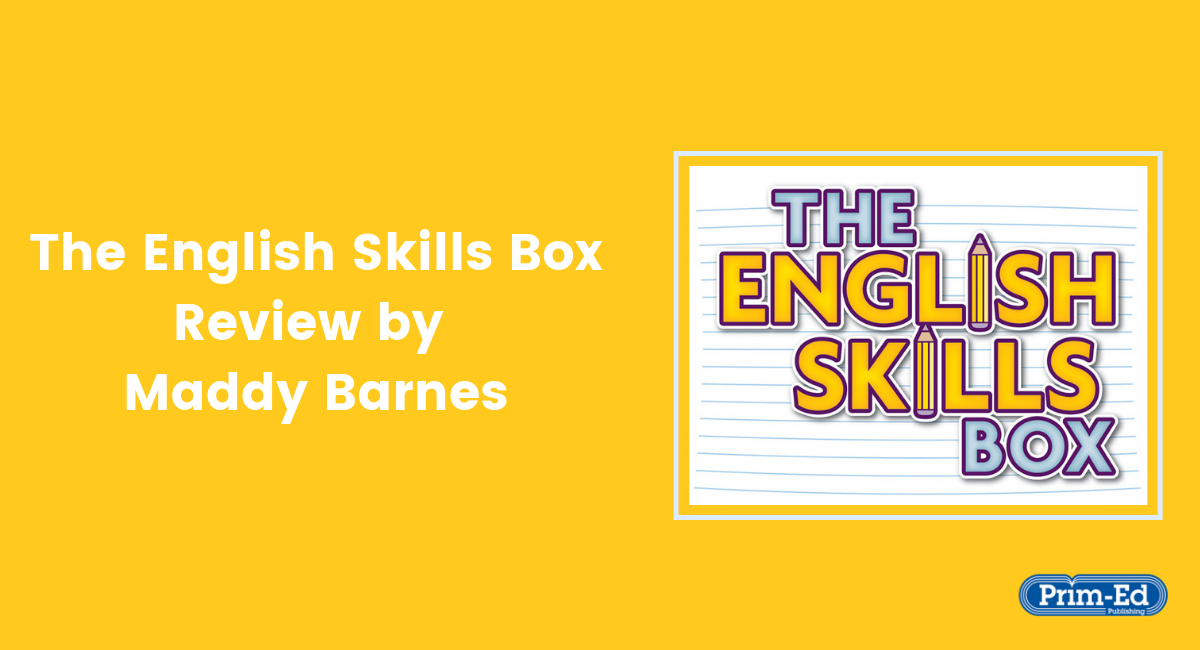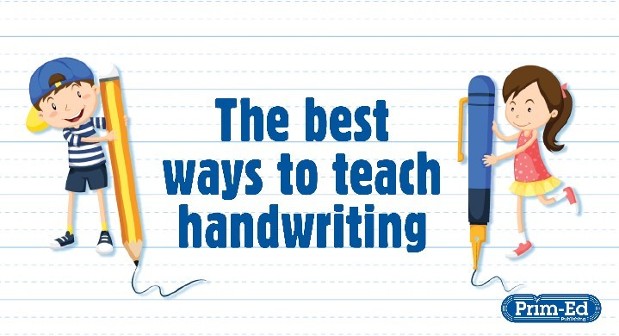- Thursday 20 June 2019
As an English Consultant, I have always recommended the Prim-Ed literacy and comprehension boxes as resources to both support, and challenge, KS1 and KS2 readers. When I heard that a new trio of boxes were on the horizon (The English Skills Box), I wondered how they would compare to the other boxed resources, such as The Literacy Boxes or The Comprehension Boxes? They seemed fit for purpose; many of my schools have had great success using the boxes.
Once the boxes arrived for me to review, I noticed immediately the new packaging included a very common selling point: ‘Tuning in to Texts with SATs-focused Questions’, so I was eager to see how the Prim-Ed team had achieved this!
I began by unpacking Box 1, which is intended to be used with Year 1 and Year 2 children. This box includes 15 sets of five cards (made up of fiction, non-fiction and poetry) and aligned to book bands Green to White. Box 2 is pitched at children in years 2 and 3 and is aligned to book bands White to Grey, and Box 3 is to be used with children in years 5 and 6, aligned with Grey to Dark Red, and beyond.
Getting the balance right between reading for meaning and test technique at KS1
- Young readers need to be inspired to develop as readers. The English Skills Box contains high-quality fiction (The Ants and the Grasshopper), non-fiction (Making Honey), and poetry (The Acorn).
- Early readers need to be engaged with the texts that they read; the illustrated colour cards in The English Skills Box will encourage children to pick them up and persevere with their reading.
- KS1 children like routine and work best when they can make connections between their learning. Using the cards from The English Skills Box through KS1 and KS2 will ensure a consistent approach to learning. Whether the card is from box 1, 2 or 3, their design is the same, so consistency is key. The pitch of the text increases with difficulty, yet the crux of what the children are doing remains the same.
Using The English Skills Boxes as a vehicle to teach comprehension skills consistently (managing the KS1-KS2 transition)
- Each Teacher Guide includes coverage maps so that at a glance, teachers can see which content domain for reading is assessed in which card.
- Each card includes a set of multiple choice questions focused on comprehension. These questions have been expertly written to embed deep comprehension skills across all abilities, through to the end of KS2.
- Each card also includes a vocabulary section, assessing content domains 1a and 2a. As we have observed, following the 2019 reading tests, children must be able to be able to understand and explain what words mean, and across a range of contexts. These questions include asking children to identify a word that means _____ or to choose the correct definition for a word.
- Focusing on comprehension and vocabulary skills will in turn create strong readers. Readers who will be capable of reading more, and will be more likely to read for pleasure.
- Although Prim-Ed’s main vision is to develop a generation of readers who really read, this resource will impact on standards tested in reading tests, as the questions are tuned into preparing the foundations for the items that they will see in end of KS reading tests.
- Schools where reading results are in line with, or above national averages, have a consistent approach to teaching reading. The English Skills Boxes do exactly this.
Making valuable connections across English skills: Spelling
- Nationally, many children are struggling with the demands of the new spelling curriculum. Teachers need to both ‘teach’ and ‘test’ spelling. However, sometimes the emphasis is on ‘testing’ rather than ‘teaching.’ These cards provide valuable spelling activities that will require a deep understanding of the spelling curriculum.
- Spelling activities are pitched at the intended year group yet weave in spelling content domains from previous year groups too. This is an extremely valuable strand to the programme, as we are all aware that the KS2 Spelling Paper 2 includes spellings from years 3 and 4, even though the children who do the test are in Year 6.
- Questions are presented as multiple-choice, which means authors have identified common misconceptions for children to recognise and correct.
- There is an emphasis on language and vocabulary within the spelling section, so children will develop their reading skills too.
Embedding the teaching of grammar and punctuation within a context
- Many skilled teachers find it difficult to embed the teaching of grammar and punctuation within a text. So, at times, these are taught discretely. We all know that we cannot learn word classes as a rule as we need to look at the function of a word first; for example, ‘mess’ can function as a verb (Don’t mess with your pencil.) and as a noun (Your room is a complete mess!). The word kitchen can be a noun (Go into the kitchen.) or an adjective (Put this on the kitchen table.).
- The English Skills Boxes promote this fluency, as children are challenged to think about how words function. Time is spent practising skills, but the cards also include opportunities for children to apply their understanding too in more difficult questions.
- Children need to be familiar with the correct English terminology. Most children can articulate their thinking clearly in maths supported by appropriate vocabulary. We must ensure that children can express their opinions in English as efficiently. The cards promote accurate use of terminology that is taught in the intended year group. But, like the Spelling section, the cards also include content that is taught in previous years as opportunities to consolidate learning.
The English Skills Box – more than an English resource?
- It was incredibly refreshing to see that this resource was actually more than an English one. The cards include a ‘Challenge’ section that links English learning to other areas of the curriculum. Children may be asked to find out some more information about a topic; writing tasks are sometimes suggested; art and DT projects are linked by task and drawing on knowledge from other curriculum areas is promoted.
How will you know if The English Skills Box is impacting on standards? How will you measure this?
- After every three sets of cards, children can complete a progress test that can be downloaded (answers are included in the Teacher Guide). These tests are written in the style of the national tests and can be used to support teacher assessments in pupil progress meetings.
Still need convincing?
- The English Skills Boxes require no planning. This box does what it says … on the box! Pick it up and go. Children can manage their learning independently, once trained how to use the cards.
- Teachers can use the cards to support whole-class reading sessions; in small group reading sessions or as independent reading activities. Children will benefit from all three styles.
- Coverage maps linked to reading, spelling and GPS content domains are provided, so that teachers can pinpoint which skill is taught on which card.
- Weaker readers can use cards from the previous box without feeling that they are doing a ‘different’ task, so differentiation is built in. Equally, more able readers can use cards from the next box as a challenge.
So I return to the beginning of the review, does this resource ‘tune in to texts with SATS-focused questions?’ Absolutely – in abundance. But it does so ensuring that children will really become readers who actually enjoy the process. I will leave you to order your trio of boxes whilst I continue to get to know mine!
Maddy Barnes, June 2019

.jpg)
.png)

.png)

